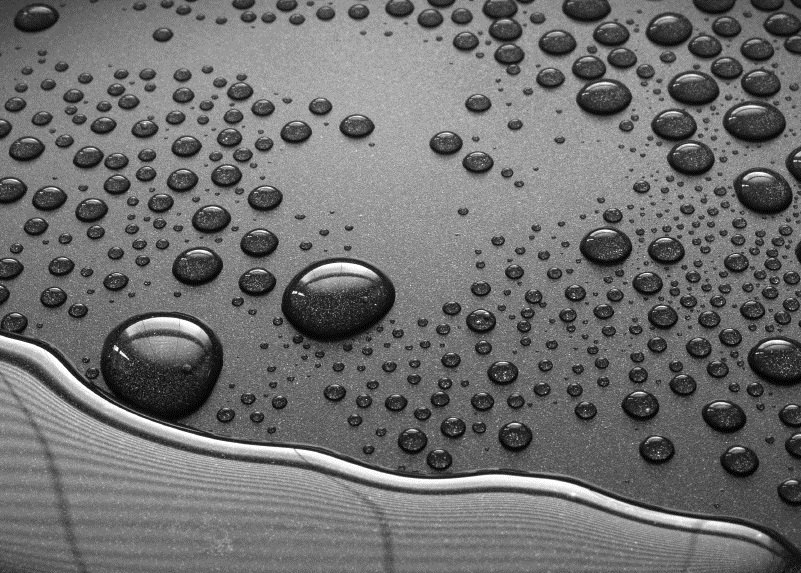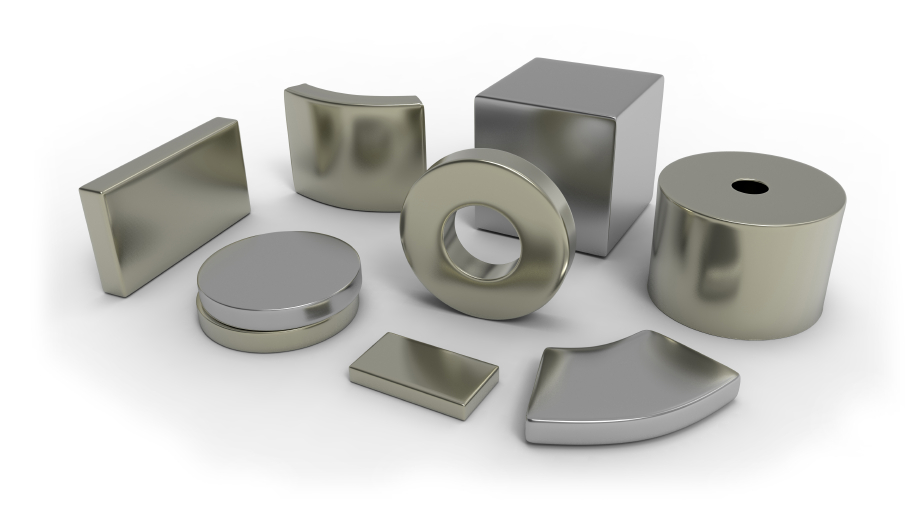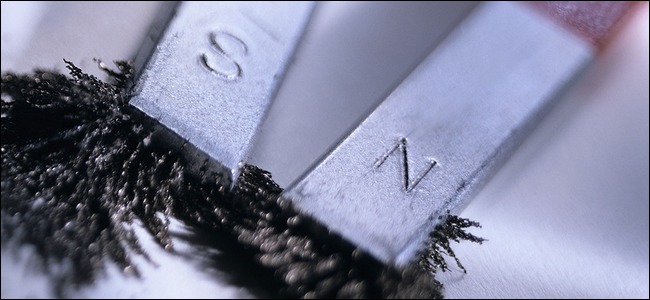Protect your investment. Protect your magnets from corrosion.
 Many magnets react to moisture by rusting. When a magnet is corroded by rust, it loses a large portion of its powers of attraction.
Many magnets react to moisture by rusting. When a magnet is corroded by rust, it loses a large portion of its powers of attraction.
Corrosion is your enemy, because it forces you to spend more money replacing magnets that should have much more life.
We’ll show you how to get more functional life out of your magnets today.
Why do magnets get rusty?
Magnets work because they are ferrous (ferrous = relating to, or containing, iron).
Magnets need iron to attract, and iron rusts when exposed to oxygen and water.
Rust reduces the attraction of a magnet, and often makes it unsuitable for your purpose after a short period of time.
Rust could turn a magnet you plan to use for 10 years into a paperweight in a year.
Not all magnets are super high in iron.
Some magnets use nickel, cobalt, dysprosium or a handful of other ferromagnetic elements, but none are totally immune to corrosion. And as with iron, corrosion reduces their ability to attract.
 The strongest permanent magnets available are neodymium magnets, and their high iron content leaves them highly susceptible to corrosion in damp environments.
The strongest permanent magnets available are neodymium magnets, and their high iron content leaves them highly susceptible to corrosion in damp environments.
In some situations, traces of other rare earth elements such as dysprosium are added to a neodymium magnet to improve resistance to corrosion.
Commonly, however, neodymium magnets are coated before use. We often apply a triple layer of nickel-copper-nickel, but this isn’t the only option.
Other coatings include:
- Gold.
- Silver.
- Zinc.
- Tin.
- Epoxy.
- PTFE.
What about corroding SmCo magnets?
Samarium cobalt magnets are much more resistant to corrosion even without a protective coating. Much of the iron present in neodymium magnets is replaced with cobalt, which does not react to water.
Most SmCo magnets are still coated, but this is largely aesthetic or for application-specific reasons (adhesion or sterility). Samarium cobalt magnets are widely used in marine and offshore applications when they have to cope with being constantly exposed to extremely corrosive saltwater air.
Lower magnetic performance but improved corrosion resistance.
Alnico and ceramic magnets both resist corrosion naturally, although they don’t provide the same level of magnetic performance of rare earth samarium cobalt and neodymium magnets.
Some grades of alnico magnets do contain traces of iron and therefore will display some light surface corrosion over time if exposed to water.
 However, alnico performs exceptionally well in the presence of other lubricants, like:
However, alnico performs exceptionally well in the presence of other lubricants, like:
- Oil.
- Alcohol.
- Solvents.
Ceramic magnets (also called ferrite magnets), are made from iron-oxide and will never corrode, even underwater. Because of their unrivalled resistance to corrosion, ceramic magnets are very rarely coated. But surface treatments are usually required, as ceramic magnets are often dusty on the surface.
If you use rare earth magnets in wet environments, you will always have to replace them long before you should.
The best choice is to switch to a larger magnet of a different material to resist or even negate the corrosion altogether.
We can offer a handful of solutions for your application and help you determine the best fit for your job and budget.















